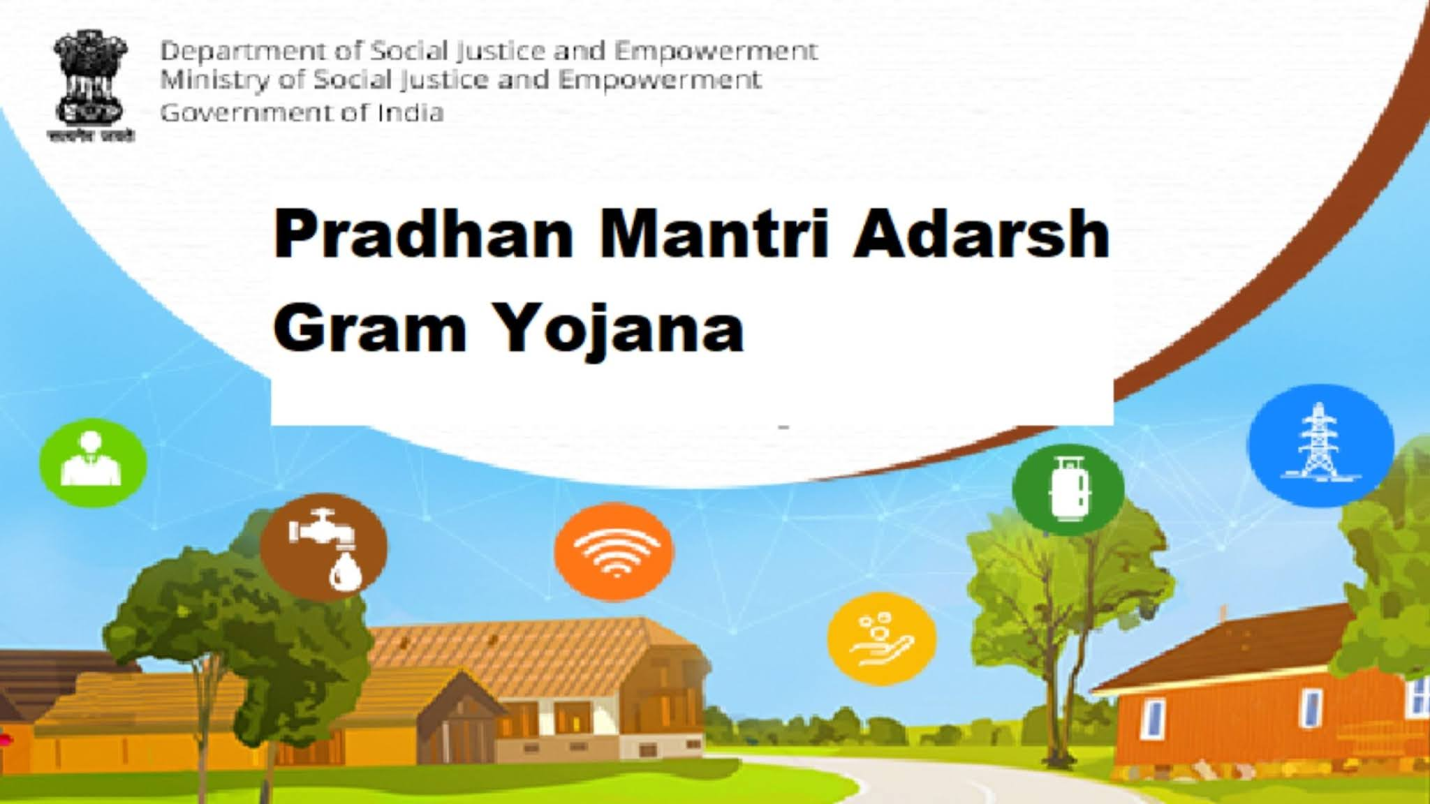Free Courses Sale ends Soon, Get It Now


Free Courses Sale ends Soon, Get It Now



Copyright infringement is not intended
Context: The Ministry of Social Justice and Empowerment has released the Implementation data on Pradhan Mantri Adarsh Gram Yojana (PMAGY).
Details
About Pradhan Mantri Adarsh Gram Yojana
Characteristics of Adarsh Gram or Model Village
Expected outcome
Need for Rural Development
Way Forward
https://www.pib.gov.in/PressReleasePage.aspx?PRID=1808238
© 2024 iasgyan. All right reserved